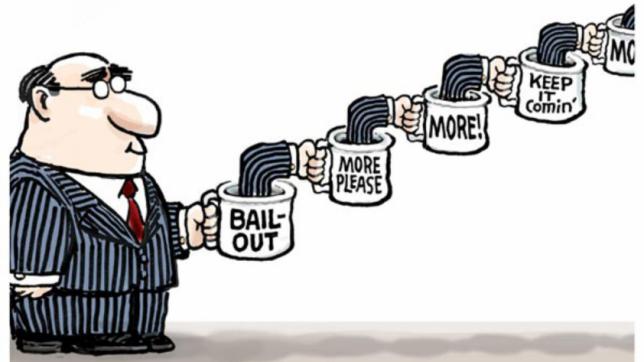 menu
menu menu
menu


 Sahil Bloom @SahilBloomCobra Effect 101
With the rise of government and central bank intervention in the economy and markets, the term "cobra effect" has experienced a revival.
But what is a "cobra effect" and how does it work?
Here's Cobra Effect 101!
👇👇👇 twitter.com
Sahil Bloom @SahilBloomCobra Effect 101
With the rise of government and central bank intervention in the economy and markets, the term "cobra effect" has experienced a revival.
But what is a "cobra effect" and how does it work?
Here's Cobra Effect 101!
👇👇👇 twitter.com
 Sahil Bloom @SahilBloomCantillon Effect 101
With the recent money printing activity and an expanding wealth inequality problem, talk of the "Cantillon Effect" has taken center stage.
But what is the Cantillon Effect and how does it work?
Here's Cantillon Effect 101!
👇👇👇 twitter.com
Sahil Bloom @SahilBloomCantillon Effect 101
With the recent money printing activity and an expanding wealth inequality problem, talk of the "Cantillon Effect" has taken center stage.
But what is the Cantillon Effect and how does it work?
Here's Cantillon Effect 101!
👇👇👇 twitter.com
 Sahil Bloom @SahilBloom1/ An Allegory of Finance
I have been posting a lot of educational (and humorous!) threads on finance, money, and economics.
My mission is simple: to demystify these concepts and make them accessible to everyone.
All of the threads can be found below. Enjoy and please share! twitter.com
Sahil Bloom @SahilBloom1/ An Allegory of Finance
I have been posting a lot of educational (and humorous!) threads on finance, money, and economics.
My mission is simple: to demystify these concepts and make them accessible to everyone.
All of the threads can be found below. Enjoy and please share! twitter.com Pay what you can
Pay what you can